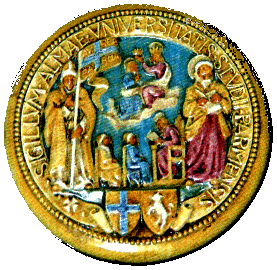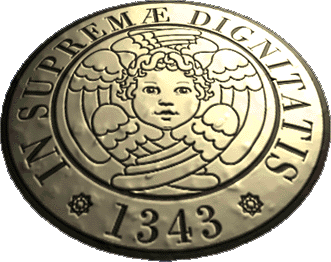Course 2012
Nuclear receptors are a wide superfamily of about 150 different proteins that acts in cytosol or in nucleus, interacting with DNA with the help of specific transcription factors. Molecules that binds to nuclear receptors are also defined as Endocrine Disrupting Chemicals (EDCs) because they are able to interfere with the “ normal” physiological function of hormonal systems.
Many of these proteins are defined as druggable targets and, in facts, a well known discovery technology based on computational methods is widely applied in medicinal chemistry.
But NR could be also defined as nutriable targets because they can binds many xenobiotics, pesticides, plasticizers, dioxins, food and feed toxins and intracellular metabolites, etc.
Thus it is well important to know exactly the structure of these NRs, their flexibility (macro or local flexibility) the mechanism of binding to obtain good models to predict new lead compounds or to discover new putative pollutants and to design new chemosensors able to include these pollutants within a cage for experimental analysis.
The first course “From Structural Biology to Drug Discovery” was held in Parma in 2000, and the last one, the Course 2007 has been focused on Modelling the Flexibility with the same characteristics, no fees to favor the participation of young researchers, Ph. D. students and Post-Doc and speakers with a very good expertise in the field.
We continue the serie with the same commitments even if the international economic situation is not so good. For this reason this year we organize a one day course .
In this edition we focused on nuclear receptor trying to give an overview of the problem to study this family using computational methods.
Because of we think it is necessary a sum of different expertise to supply a choral answer to a complex scientific problem, thus we face up the problem of nuclear receptor study starting from in silico methods till in vivo experiments without wich computational studies risk to became only a theoretical exercise.
We try to present to the participants a panorama of the most common computational methods and an overview of new computational approaches applied to nuclear receptors.




 Universitat de Barcelona Spain
Universitat de Barcelona Spain